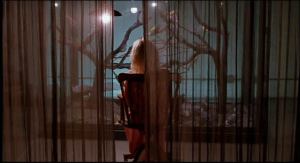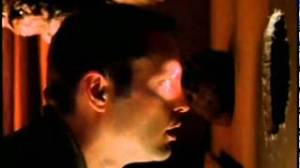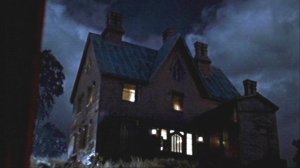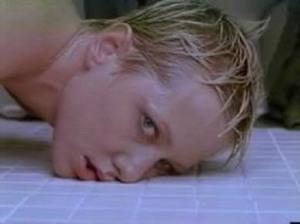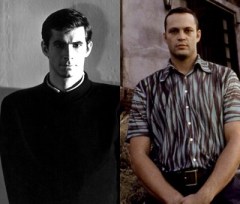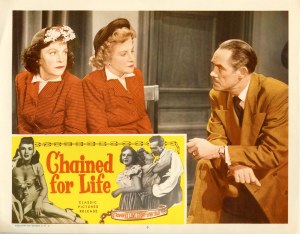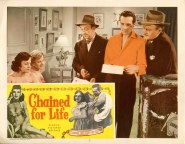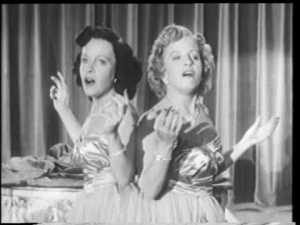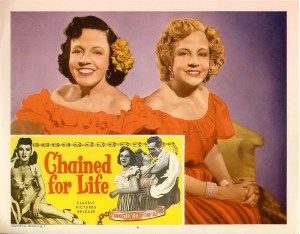Throughout the film we are shown all the little details that help in developing the plot. The house in which Norman lives is scary and all the things that are placed in it are scarier. As audience we feel a sense of uneasiness when Lila and the detective steps into his house and tries to reach for the mother. When we closely see the mother’s dead corpse in the fruit cellar and the birds in the background it dramatizes the whole scene.
In order to feed his ego, he keeps his mother’s dead corpse in her room; her clothes in the cupboard seem clean and kempt. He even brings a white gown and a fake wig to dress up like her. In addition, he talks in a high-pitched sound when he plays the role of the mother as it is his way of imitating her and thus keeping her alive, at least in his head.
Furthermore, he is seen in as a freakish man with an odd hobby—Taxidermy—which is the stuffing of animals and birds. What makes it even more bizarre is the way he describes his interest. When Marion enters his parlor she is bewildered to see all the dead stuffed birds which seem to be staring at her. There are pictures of birds not only in the parlor but also on the walls of the motel. Whittington-Walsh (2013) notes that through the camera movement and angle we forget it is a film. It gives rise to the idea of cinematic apparatus. She further states that audience starts identifying with the apprehending characters like a child in a mirror image. Lastly, through Norman Bates’s bestial character, the director gives us a glimpse of psychopaths and their conflicting thought processes.

